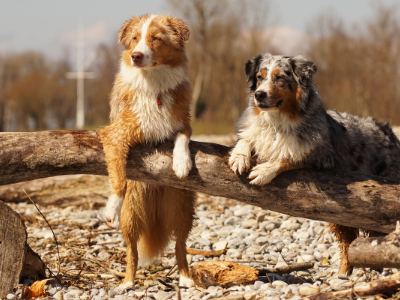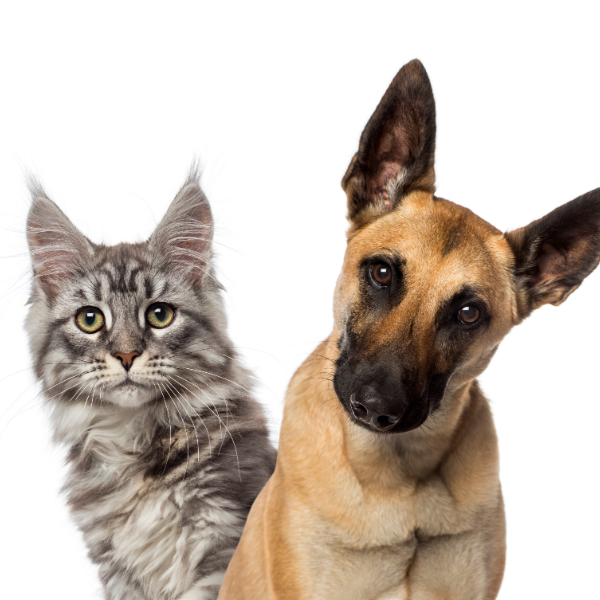What is HACCP?
Written on Saturday, March 14th, 2020
Raw pet food comes under a lot of scrutiny in the pet industry. There are a lot of myths surrounding the raw diet. One of the most frequently heard myths is that raw pet food contains harmful bacteria such as salmonella and E. coli. One of the reasons there is a valid concern here is that pet food manufacturing in Canada remains totally unregulated. That’s why some raw pet food companies have decided to set the bar high by regulating themselves with the highest international food safety certification that can be obtained: HACCP.
For the Pet With the Sensitive Tummy
Written on Saturday, February 11th, 2017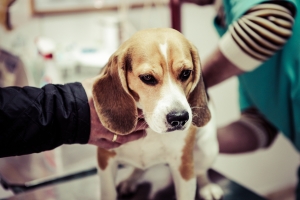
Does your dog or cat struggle with an upset stomach? Does he/she vomit or have diarrhea regularly? If so, don’t ignore it! There could be some serious consequences if you do. An unhealthy digestive tract could lead to immunological problems, organ disease, and other issues. Sometimes, we become complacent and just resign ourselves to thinking it’s just normal for our pet. It’s not!
The Benefits of Adding Fish to the Raw Diet
Written on Thursday, January 19th, 2017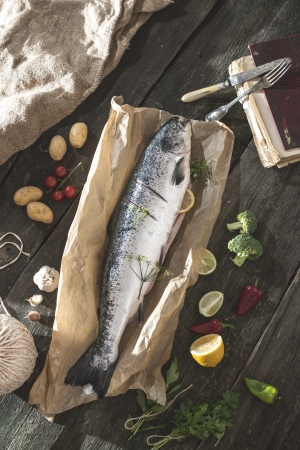
An incredibly valuable protein source that pet owners often miss is fish. Did you know that fish is packed with omega 3 fatty acids? It's a low-fat, high-protein food with a great polyunsaturated fat profile (the good fats). Most animals, including humans, are not getting enough omega 3 in their diet.
The two most commonly known and important omega 3’s are eicosapentaenoic acid (EPA) and docosahexaenoic acid (DHA). For starters, DHA makes up approximately 25% of the mammalian brain. So if your pet isn't getting enough, it could affect behavior, nervous system function, and an array of other systems including the digestive, reproductive and endocrine systems.
Is Your Dog Happy? Part 2: Creating Activities for Your Dog
Written on Thursday, January 5th, 2017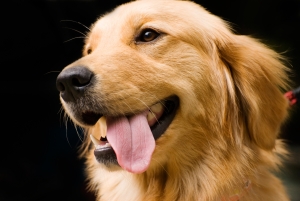
Understanding your dog’s precursors to his or her “fight or flight” reaction is crucial to building a trusting relationship between you two. As simple as this sounds, if you don’t understand these “precursors,” often dogs will appoint themselves with the task of assigning behavioural actions they deem best. Ultimately, they want to be assured that you know what is best for them and will keep them safe.
Is Your Dog Happy?
Written on Wednesday, December 28th, 2016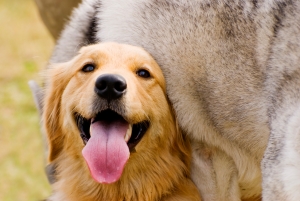
We all know that a healthy pet means fewer vet bills and the easiest way to promote well-being in your dog is through a nutritious diet but is that the only component necessary? What about exercise, playtime, proper shelter, etc? All of these contribute to the well-being of your dog too. So, is he happy? How would you know if he/she is? And for those who don’t have a dog, yes, dogs have emotions too!
So we know nutritious foods are only one aspect, particularly 3P Naturals (shameless plug!) but there are many signals that your dog may be showing you that will help you determine whether or not he/she is happy.
Obesity in Dogs and Cats
Written on Thursday, October 27th, 2016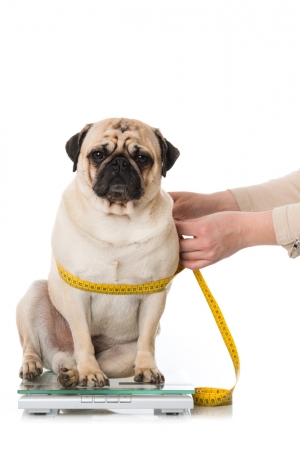
Is your pet suffering from obesity? Although you might not think it’s a big deal, it truly is.
Similar to people, obesity can cause a wide variety of medical issues which can be easily avoided if weight is controlled. So how would I know if my dog is overweight? Generally speaking, if your dog or cat is 10-15% heavier than their recommended body weight, then they are overweight. If you can see rolls when they are sitting down, or they are laboring in their run, then they are overweight. Time to make some changes!
5 Nutrients Your Dog Needs from Vegetables
Written on Friday, September 30th, 2016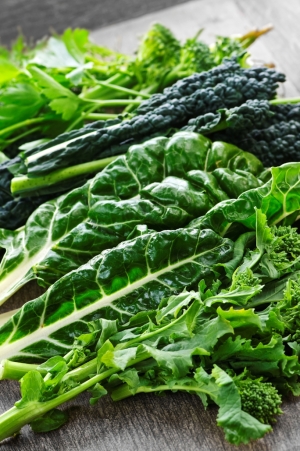
Kale munching pooches? Really? YES, really! From an ancestral perspective, dogs have been scavenging for meats and vegetables for hundreds of years. Digestive-wise, their intestinal tracts have not evolved away from their wolf counterparts, which are considered omnivorous, and eater of plants and animals. Taking the Ian Billinghurst stance, feeding your dog vegetables is a must.
Eight Ways to Promote Healthy Skin and Coat
Written on Tuesday, September 20th, 2016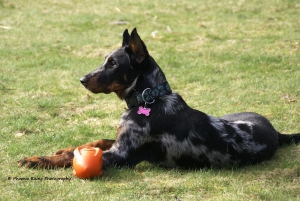
Is your pet experiencing a dry, dusty coat? Or maybe they aren’t looking their best? As pet owners, we take pride in seeing our dogs and cats as healthy as possible, and the best determinant is a shiny coat and healthy skin.
How to determine if my pet isn’t looking his/her best?
-
Dull coat
-
Dry flaky skin
-
Hair loss or breakage
-
Red inflamed skin
-
Chronic hot spots and ear infections
What Do I Feed My Underweight German Shepherd?
Written on Thursday, September 15th, 2016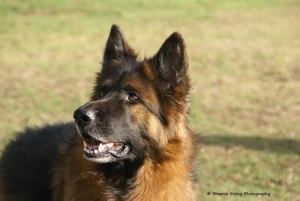
We get a lot of questions from German Shepherd owners about how to keep weight on their pups. Chronically skinny, underweight Shepherds can be heartbreaking for an owner who is desperate to put weight on them. The most common questions we hear are: “My Shepherd is looking too skinny, why?" or "My shepherd is experiencing regular bouts of diarrhea and/or vomiting, why?" or "I’ve been feeding him more food than his recommended size and I still can’t get him to gain any weight. What do I do?”
Not only does this problem tend to be breed-specific, it often relates to your dog’s pancreatic function. (Schnauzers can have this problem too). So what is it?
6 Ways to Prevent Dysplasia in Your Large Breed Puppy
Written on Wednesday, August 24th, 2016
Is your puppy’s breed susceptible to dysplasia? Worried that you might be contributing it without knowing?
The truth of the matter is that dysplasia has been considered a genetic disease in many predisposed large breed or giant breeds, such as Shepherds, Mastiffs, and Great Danes.
So what is dysplasia? Dysplasia refers to a malformation of the joint which is likely to develop within the first year to a year and a half of a puppy’s life. Over time, the joints deteriorate causing pain, loss of mobility, stiffness, and even muscle loss. Even though this is often attributed to specific breeds, it can be related to a dog’s environment. For example, rapid weight gain, or poor nutrition can contribute. So what are some common preventative measures you can take?

